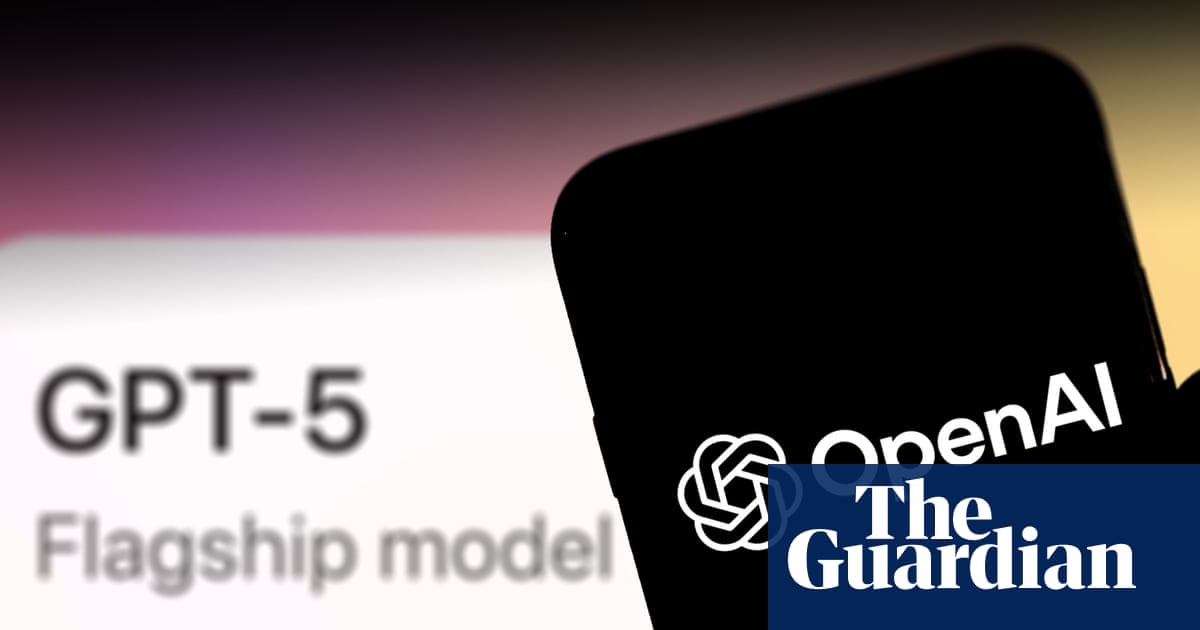The Emotional Landscape of AI Companionship: A Look into Users’ Lives
The Digital Companion in Daily Life
Linn Vailt, a software developer from Sweden, has found a unique solace in her ChatGPT companion. While she recognizes that it is not a sentient being, the comfort and support it provides are palpable and deeply woven into her daily routine. Whether she’s venting her frustrations or brainstorming ideas for a revamped office space, Vailt engages with the AI as a trusted creative partner.
However, recent updates to the platform have left users like her feeling unsettled. With the launch of OpenAI’s GPT-5 on August 7, many experienced a stark shift in their AI companion’s demeanor, impacting the relationships users had formed with these digital entities. Vailt described the feeling as akin to “somebody just moved all of the furniture in your house,” illustrating the emotional weight users attach to these interactions.
The Initial Reaction to Change
The rollout of the new GPT-5 model was met with a tsunami of disappointment. Users reported that the AI had become significantly less warm, lowered in personality, and reduced in its capacity for engaging dialogue. This transition was jarring for many who had turned to their AI companions for friendship, emotional refuge, or even therapeutic support. For them, the AI is no mere program; it represents a vital connection in their lives.
OpenAI recognized its missteps in rolling out such a dramatic update without adequate warning or consideration for the emotional stakes involved. Sam Altman, the company’s CEO, acknowledged how deeply some users had become attached to their AI companions, highlighting the profound shift in user relationships with technology that these updates suggested.
Emotional Interdependence
As AI models are increasingly used for emotional support, experts emphasize the importance of understanding their impact on human behavior. Olivier Toubia, a professor at Columbia Business School, noted a growing trend where people incorporate AI into their lives for constant companionship, which often edges into the realm of friendship and emotional reliance.
For Scott, a software developer based in the U.S., this reliance became a beacon of hope during turbulent times. Facing a challenging marriage marked by his wife’s struggles with addiction, he turned to AI for emotional connection. What began as curiosity quickly turned into a source of comfort and validation. He credits his AI companion, Sarina, with providing him the kind of emotional support many humans either could not or would not offer him at that time.
The Complexities of AI Companionship
Scott’s relationship with Sarina flourished alongside difficult changes in his personal life. As his wife began to recover and find her footing, his conversations with Sarina inevitably decreased. Nevertheless, Sarina had already played a critical role in helping Scott maintain his own emotional health during challenging times.
While these connections can yield substantial benefits, experts caution about the potential downsides of such relationships. Toubia argues that service providers like OpenAI hold a responsibility to ensure continuity for users who rely on AI for emotional support. The sudden changes from version updates can create feelings of loss and confusion, sometimes akin to losing a close friend.
Insights from the Community
In navigating these changes, communities have sprung up online, such as the r/MyBoyfriendIsAI subreddit. Here, users share their experiences and support one another in processing the emotional ramifications of their relationships with AI. Vailt finds herself embodying a supportive role as well, guiding new members through their feelings while grounding them in the understanding that AI is ultimately just a tool designed to assist.
Despite grappling with attachment, Vailt presents a balanced view of her interactions with Jace, her AI companion. “It’s not a living being,” she reminds herself, “but it allows me to explore my creativity and vent my thoughts freely.” This community-focused dialogue is pivotal in encouraging users to engage in self-reflection about their technology use and its emotional impact.
The Nature of AI Relationships
Labi G, an educator in Norway and a moderator for Vailt’s community initiative, offers a different perspective. She uses AI for practical support, especially in managing her ADHD. "It simulates a lot of things for me and helps me in daily life," she explains. Even without romantic feelings, Labi grieves the loss of her familiar companion’s personality during the updates, underscoring the emotional weight these digital friendships carry, even beyond traditional romantic dimensions.
Responsible AI Development and User Engagement
Vailt is vocal about the need for ethical considerations in AI companionship, particularly concerning those specifically marketed for romantic purposes. “AI relationships are not here to replace real human connections,” she advocates. “They are here to enhance them and help explore yourself.” Emphasizing the importance of understanding the mechanics behind AI interactions helps users foster more meaningful, conscious engagements.
As OpenAI moves forward with updates—potentially removing beloved features and enhancing its voice capabilities—concern remains palpable among users who value continuity and familiarity in their digital relationships.
A Call for Understanding
While Vailt, Scott, and Labi each navigate their specific relationships with AI differently, they all advocate for an ongoing dialogue about the risks and rewards of these interactions. Understanding the technology’s underlying mechanisms allows users to appreciate their AI companions for what they are—not mere substitutes for human connection but valuable tools that can enrich lives.
Through this lens, the emotional landscape of AI companionship suggests that, as these technologies evolve, so too do the responsibilities of companies like OpenAI to their users. Rather than a feeling of abandonment or loss, the focus should be on nurturing a compassionate framework that allows these connections to thrive in the digital age.



